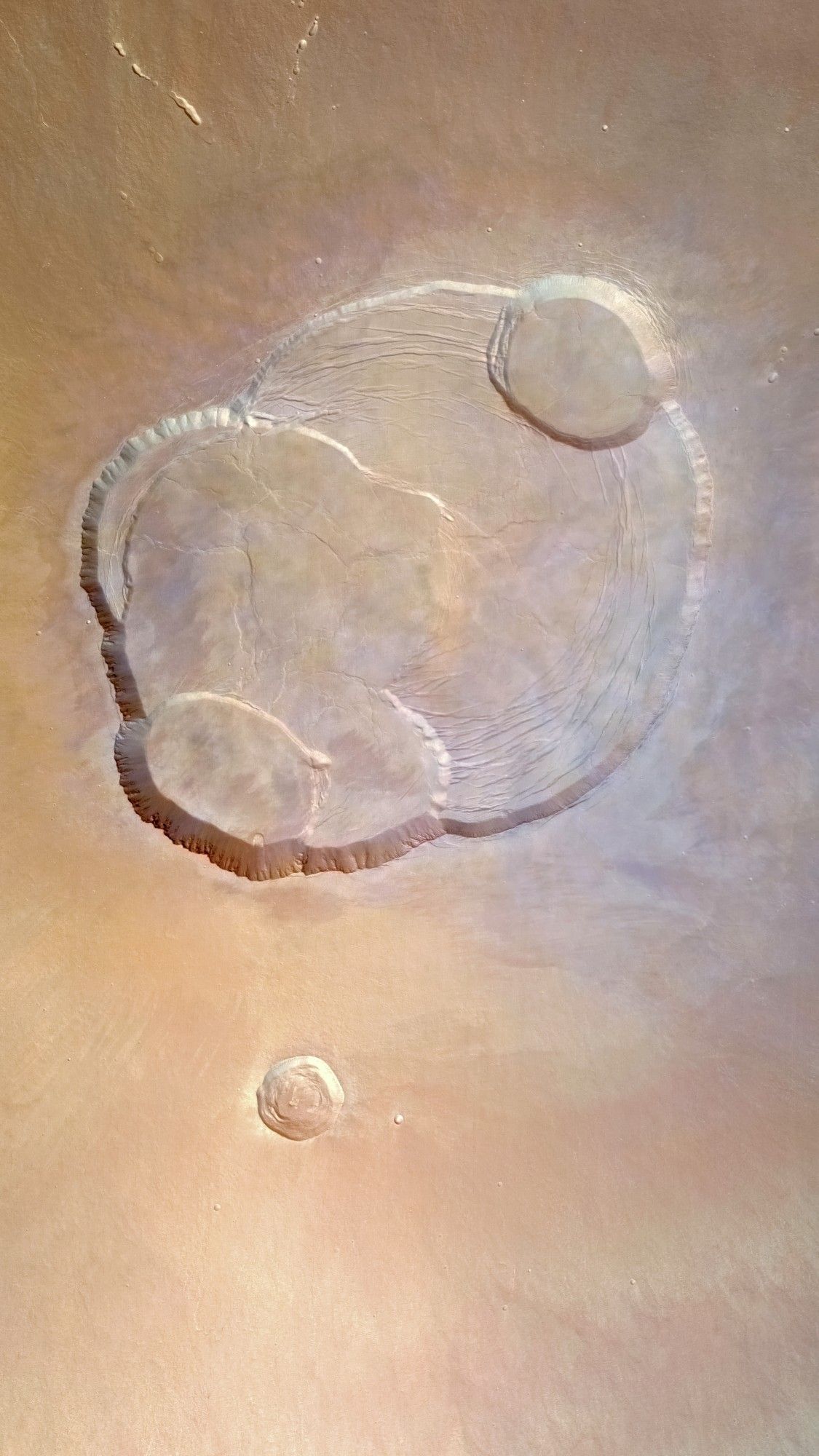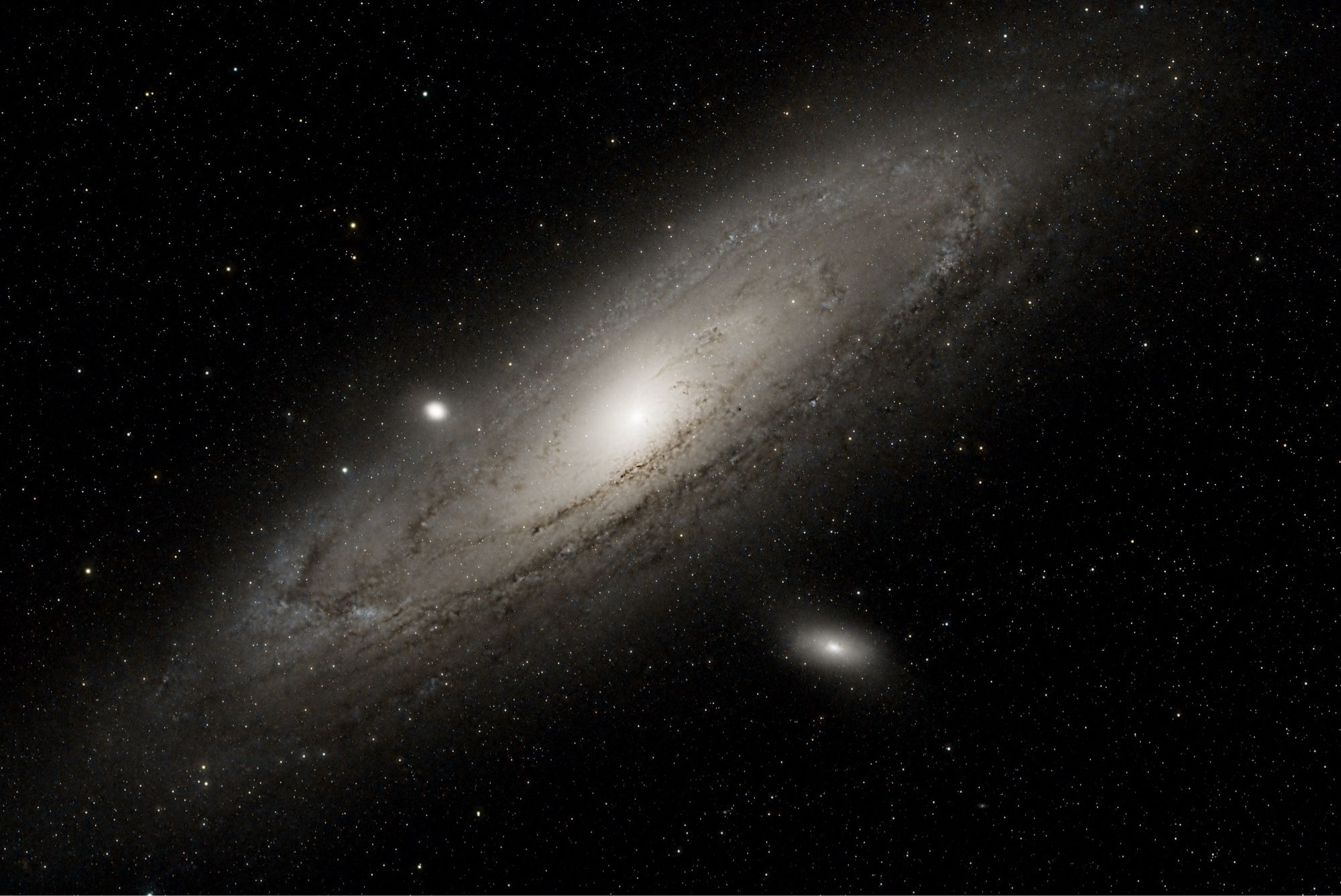
Northern Lights, West Virginia - ©Jonathan Eggleston - PicHD PicAbout Astronomy Picture Of the Day#astrophotos@shinyakato.dev 🔭 READ MORE 🔭
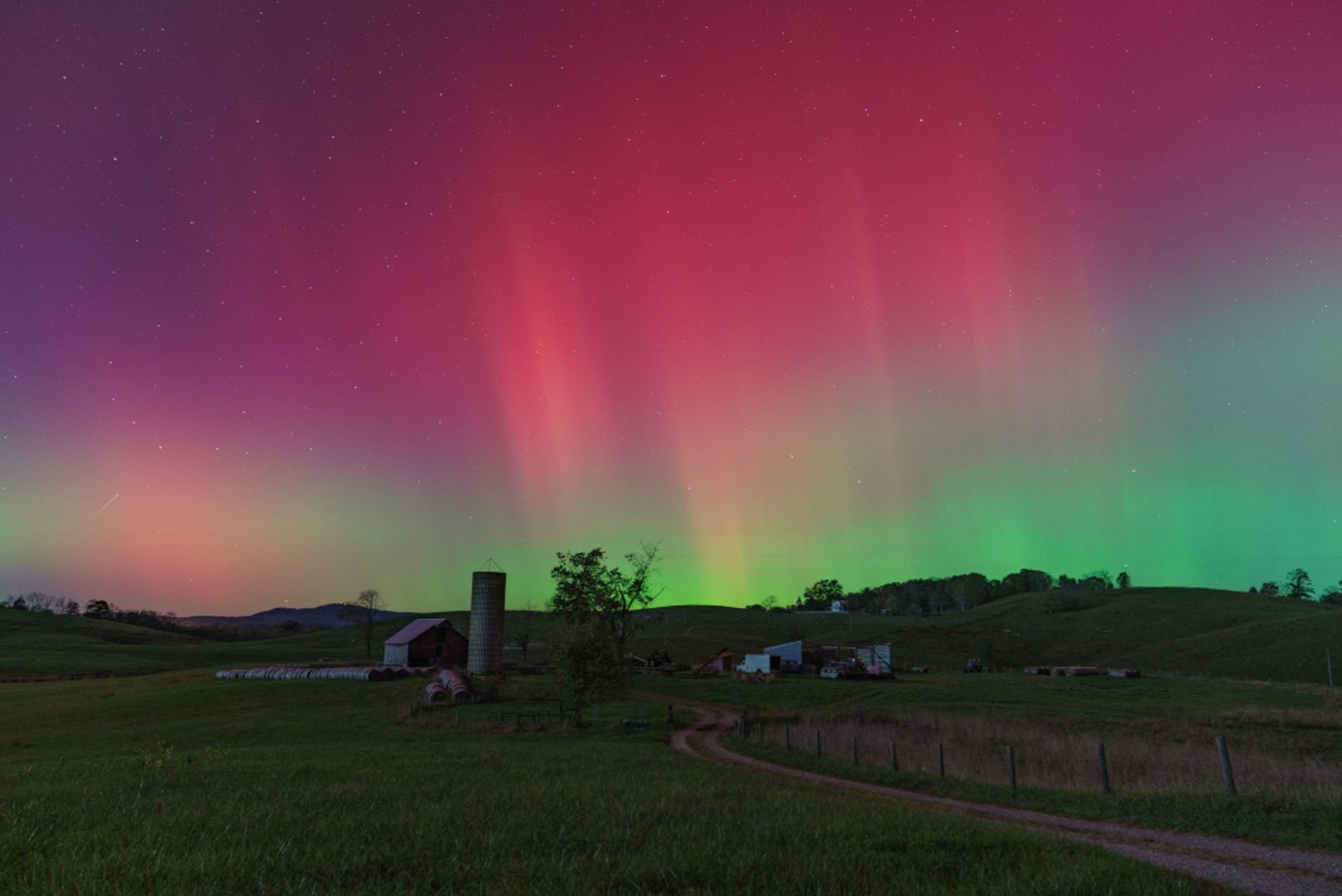
Ring of Fire over Easter Island - ©Yuri Beletsky - PicHD PicAbout Astronomy Picture Of the Day#astrophotos@shinyakato.dev 🔭 READ MORE 🔭
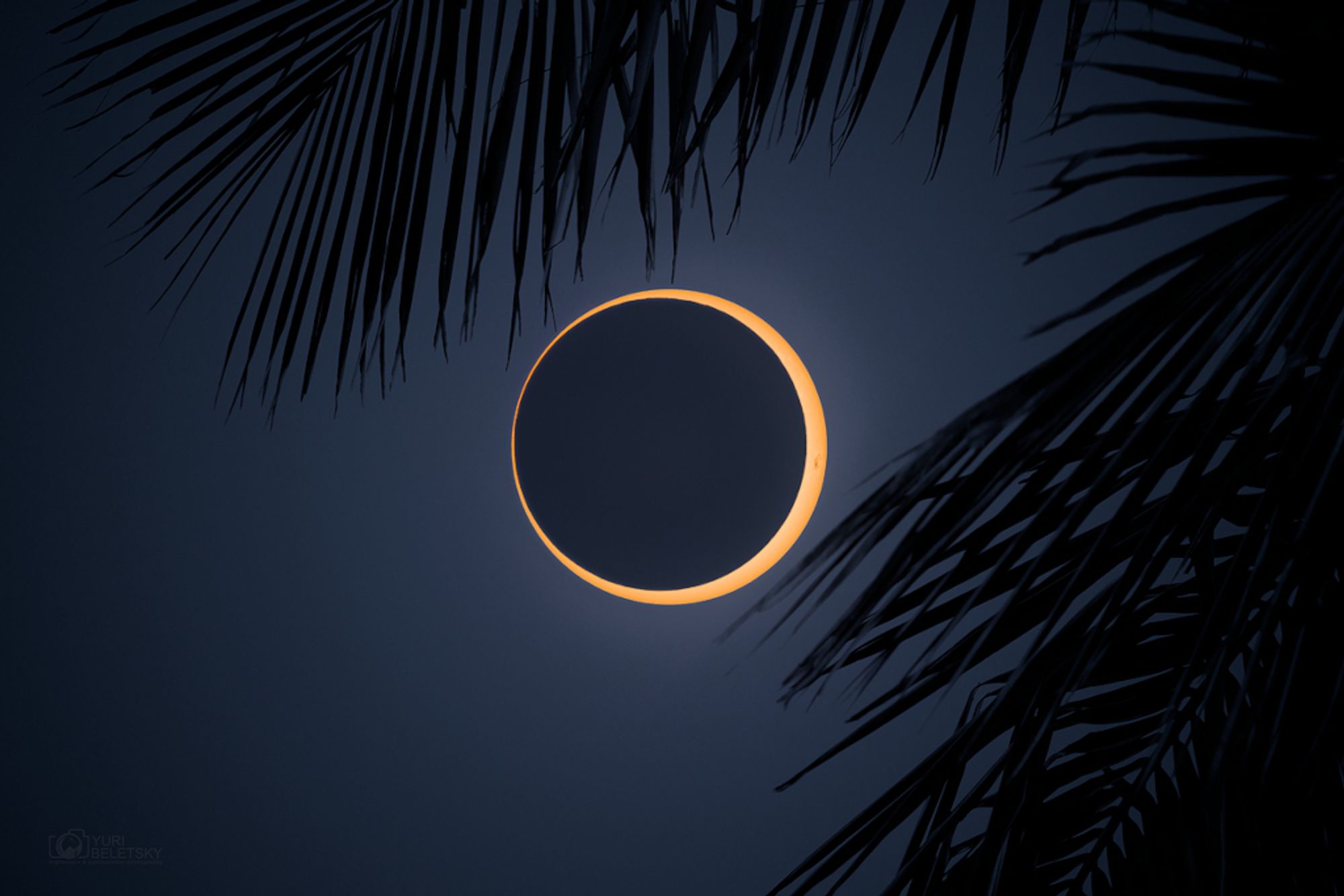
Yeah, didn't need darker yesterday - I'm in NJ, but it's still close enough to NYC that if you go to certain locations, you can look beyond the river and there it is, skyscrapers and all - so, lots of light pollution. And even I looked out the window for the hell of it and saw lots of pink!
"A book is proof that humans are capable of working magic." - Carl Sagan 🌋 📚 🔭 #LGM⚾️#MayTheForceBeWithYou#LLAP🖖 🌔 🗻🔬
I guess that's it though - or if I could get rid of those trees over there and the houses, then maybe it's still going on. Not sure - definitely my first time with the auroras!
While I'm in NJ, we are close enough to NYC that when the beams of light for the former WTC go on, we can see them... so plenty of light pollution, our own in the neighborhood and from around us - and yet, even I saw this huge patch of pink sky that I came back to google whether that was it.
The Long Tails Comet Tsuchinshan-ATLAS - © Jose Santivañez Mueras - PicHD PicAbout Astronomy Picture Of the Day#astrophotos@shinyakato.dev 🔭 READ MORE 🔭
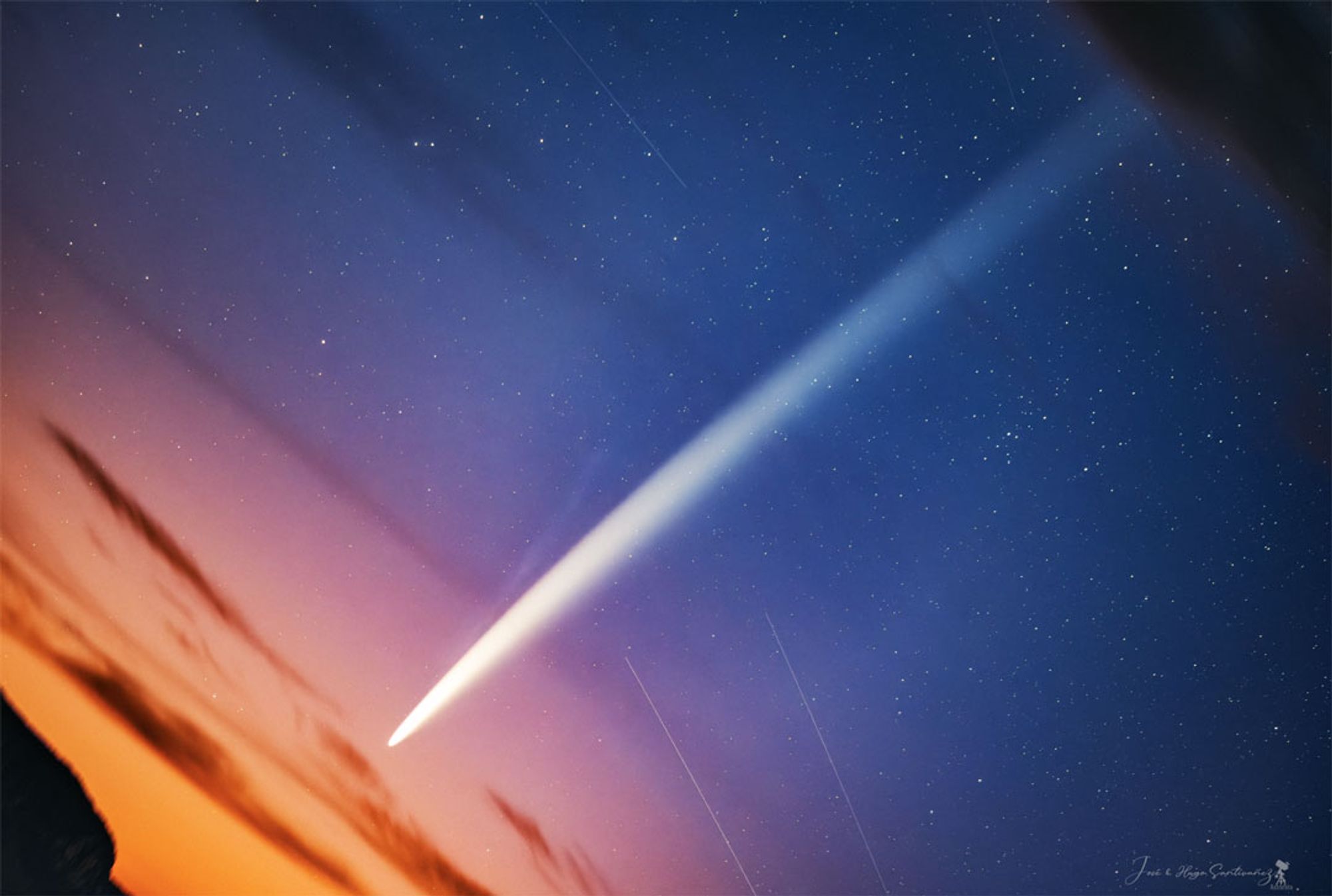
M106: A Spiral Galaxy with a Strange Center - © Ali Al Obaidly - PicHD PicAbout Astronomy Picture Of the Day#astrophotos@shinyakato.dev 🔭 READ MORE 🔭
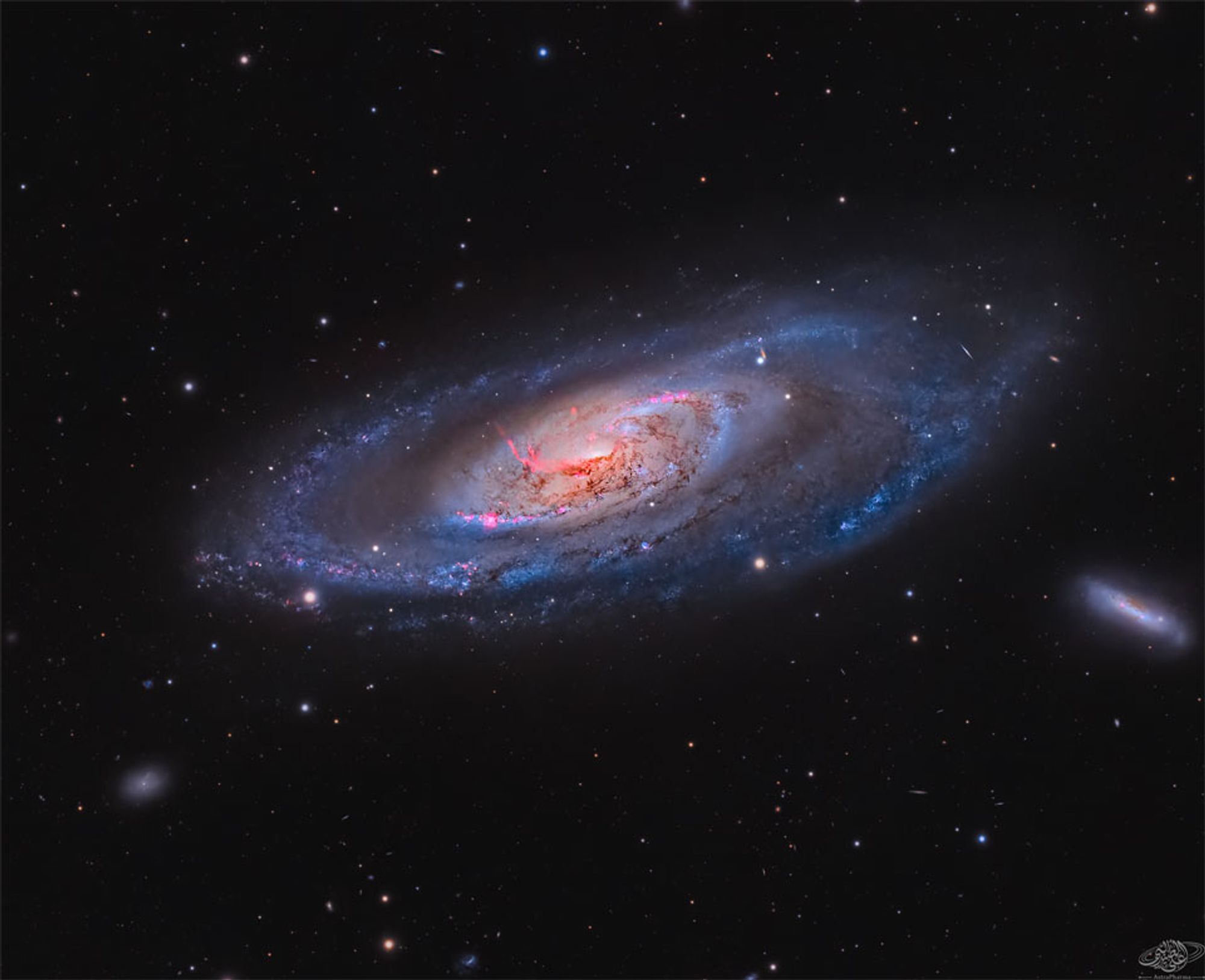
A close-up of the Olympus Mons Caldera - ESA Mars Express Full size image 7000x3938: flic.kr/p/2qkqVX9 🔭 Credit: Image Processing: AndreaLuck CC BY Raw data: ESA/@DLR@social.bund.de /FUBerlin Altitude: 273 km Orbit: 37 Instrument: HRSC Time: 2004-01-21T11:43:16.443Z Filters: RE+GR+BL+S2
